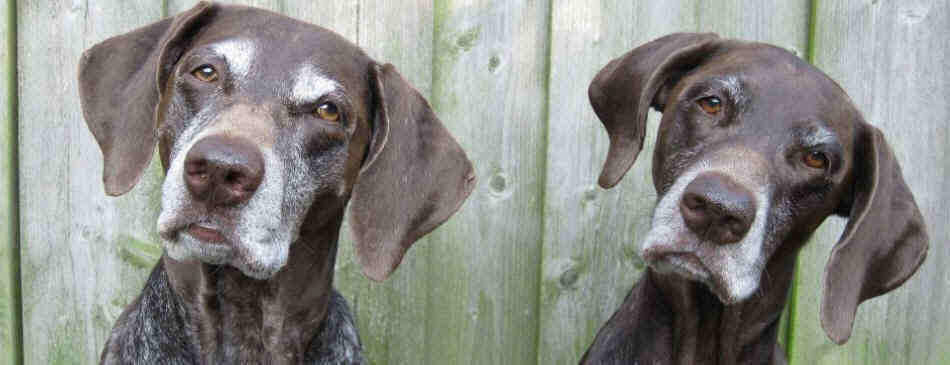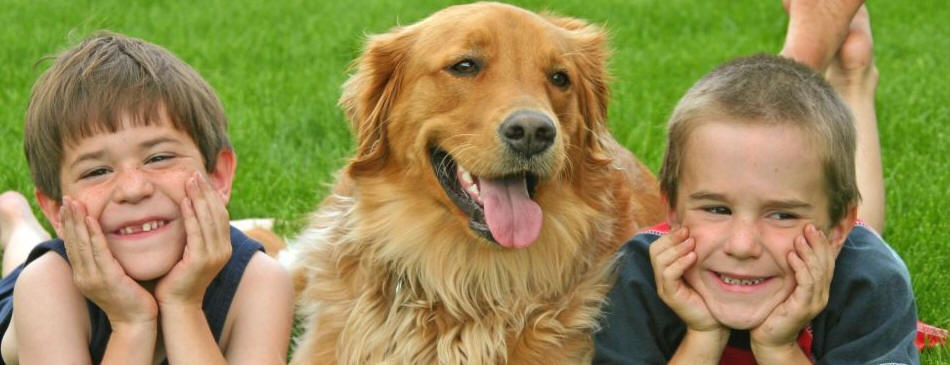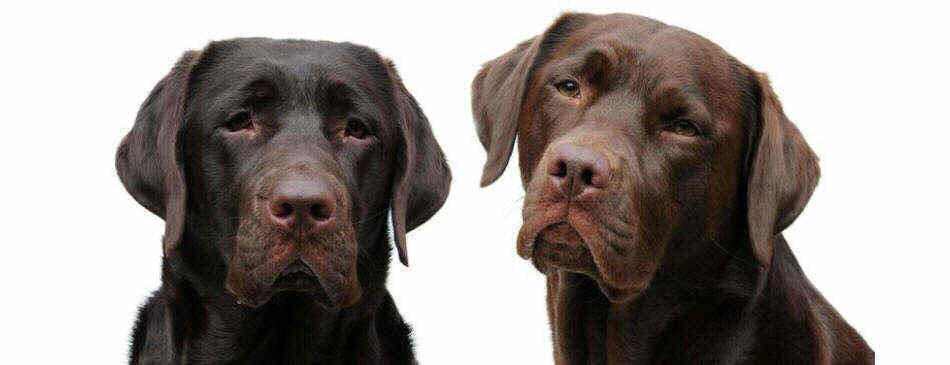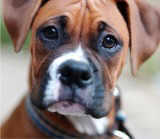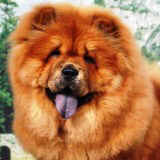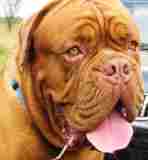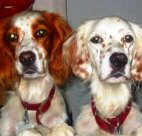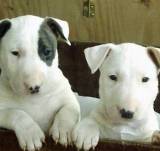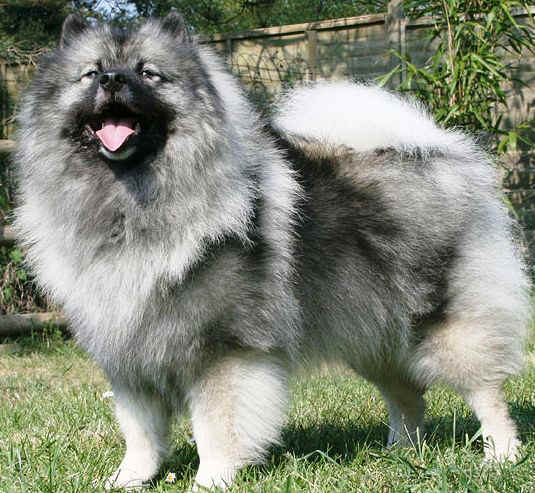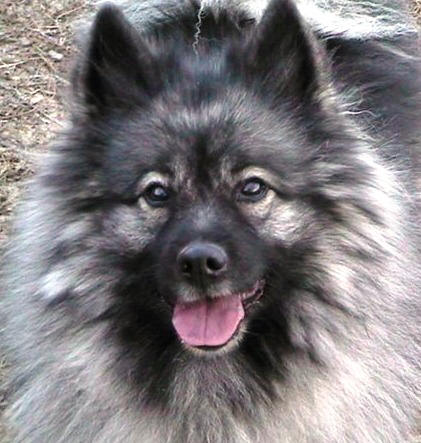AKC Dog Breeds: Keeshond
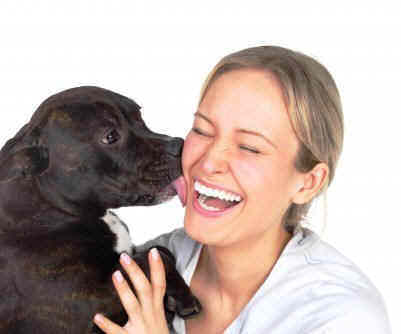
As dog owners and people who care deeply for animals and wildlife, we wanted our Dog Encyclopedia to be a website that could empower pet owners to create the most positive, loving environment for their dogs. Dog Encyclopedia realizes that owning a dog is like adding a new member to your family.
Non Sporting Group
Height: 15-19 inches Weight: 55-66 pounds Color: mix of grey, black, or cream
Height: 15-19 inches Weight: 55-66 pounds Color: mix of grey, black, or cream

